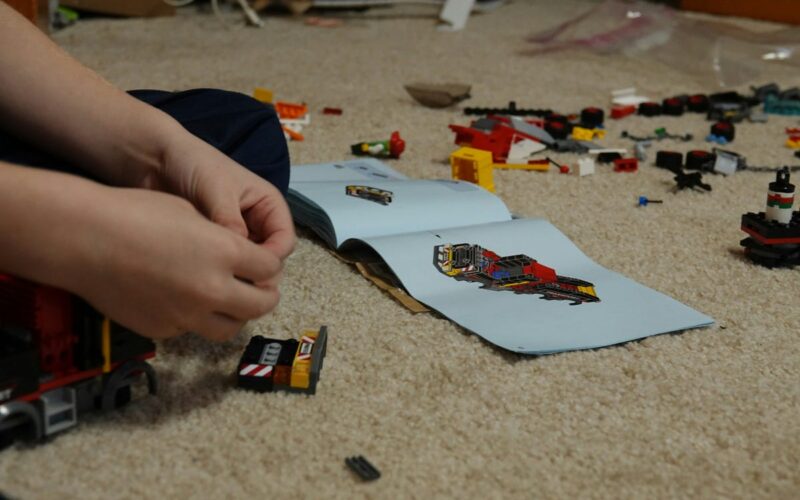arXiv:2409.15566v1 Announce Type: new
Abstract: The ability to form, retrieve, and reason about memories in response to stimuli serves as the cornerstone for general intelligence – shaping entities capable of learning, adaptation, and intuitive insight. Large Language Models (LLMs) have proven their ability, given the proper memories or context, to reason and respond meaningfully to stimuli. However, they are still unable to optimally encode, store, and retrieve memories – the ability to do this would unlock their full ability to operate as AI agents, and to specialize to niche domains. To remedy this, one promising area of research is Retrieval Augmented Generation (RAG), which aims to augment LLMs by providing them with rich in-context examples and information. In question-answering (QA) applications, RAG methods embed the text of interest in chunks, and retrieve the most relevant chunks for a prompt using text embeddings. Motivated by human memory encoding and retrieval, we aim to improve over standard RAG methods by generating and encoding higher-level information and tagging the chunks by their utility to answer questions. We introduce Graphical Eigen Memories For Retrieval Augmented Generation (GEM-RAG). GEM-RAG works by tagging each chunk of text in a given text corpus with LLM generated “utility” questions, connecting chunks in a graph based on the similarity of both their text and utility questions, and then using the eigendecomposition of the memory graph to build higher level summary nodes that capture the main themes of the text. We evaluate GEM-RAG, using both UnifiedQA and GPT-3.5 Turbo as the LLMs, with SBERT, and OpenAI’s text encoders on two standard QA tasks, showing that GEM-RAG outperforms other state-of-the-art RAG methods on these tasks. We also discuss the implications of having a robust RAG system and future directions.
Source link
lol
GEM-RAG: Graphical Eigen Memories For Retrieval Augmented Generation

